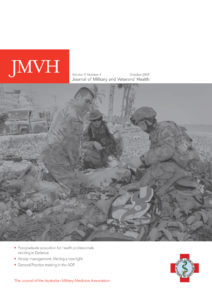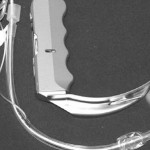President’s Message
As I write this message, Australia is in its sixth month of responding to the threat of the Pandemic (H1N1) 2009 influenza virus. This has been an extensive test of our ability to respond to a nationwide threat from an infective agent. The pandemic has evolved in a way that has been different to that predicted. This has… Read more »




 Download the whole edition here.
Download the whole edition here.



